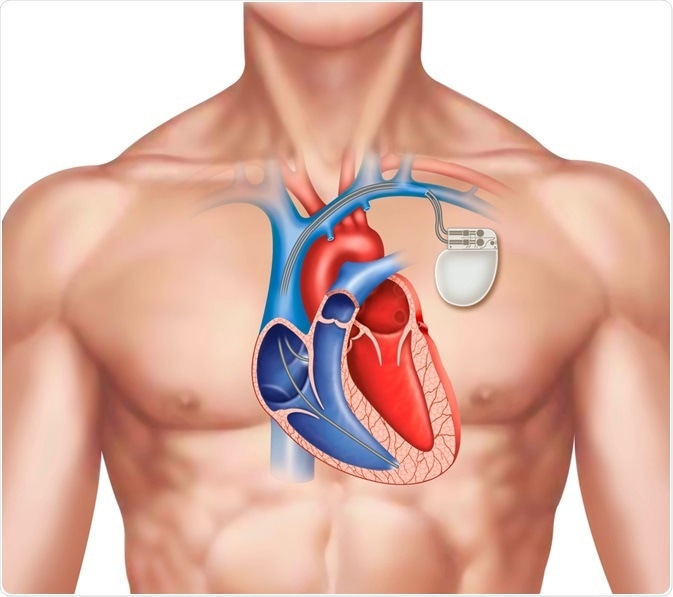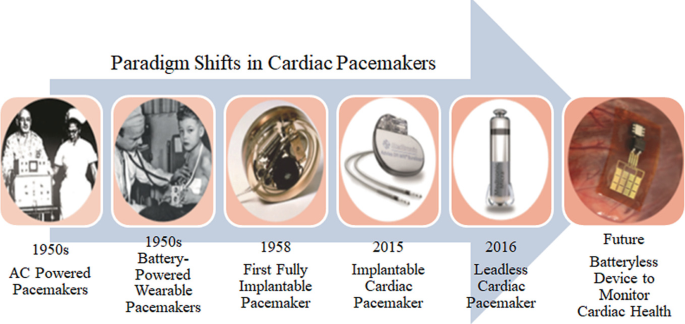
Circadian pacemaker neurons display cophasic rhythms in basal calcium level and in fast calcium fluctuations | PNAS

Wireless, fully implantable cardiac stimulation and recording with on-device computation for closed-loop pacing and defibrillation | Science Advances

Cardiac Pacemakers: Function, Troubleshooting, and Management: Part 1 of a 2-Part Series - ScienceDirect
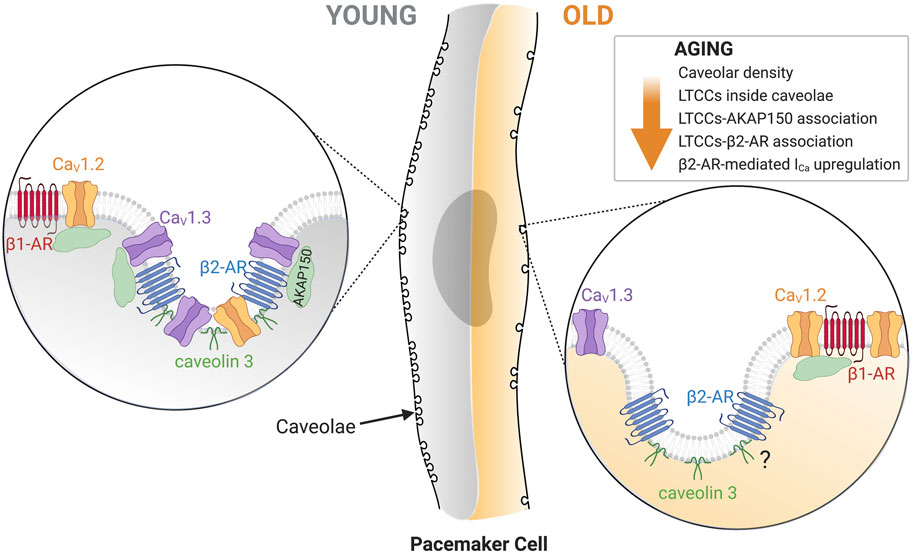
Frontiers | Aging Alters the Formation and Functionality of Signaling Microdomains Between L-type Calcium Channels and β2-Adrenergic Receptors in Cardiac Pacemaker Cells
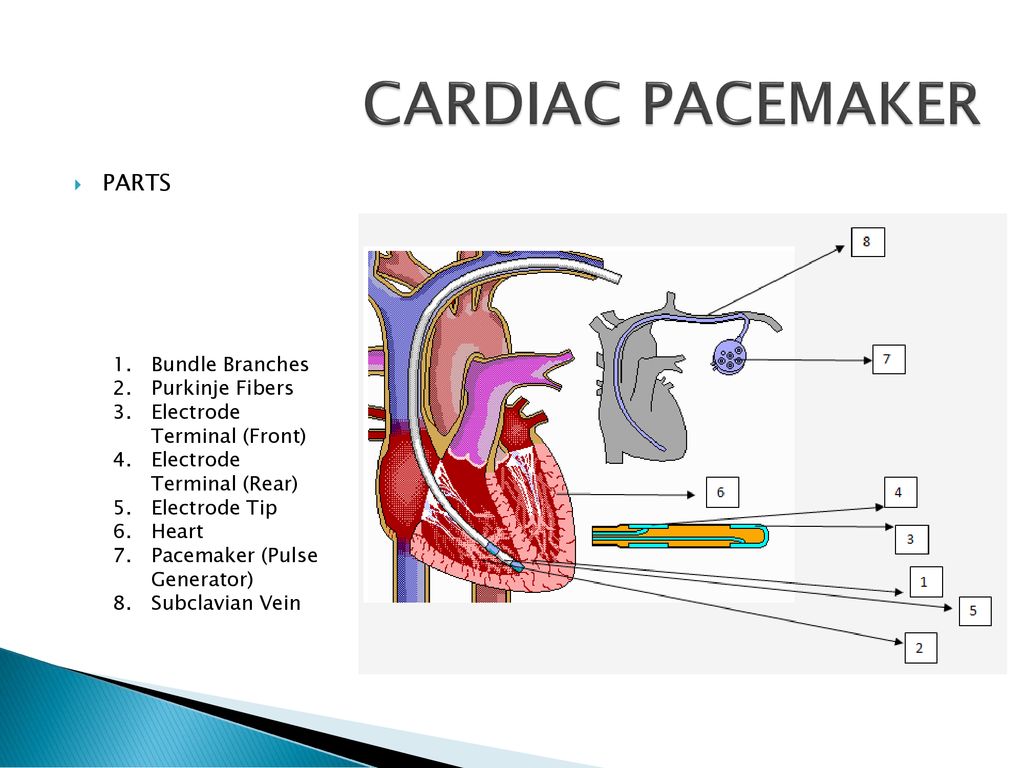
CARDIAC PACEMAKER A cardiac pacemaker is an electric stimulator that produces electric pulses that are conducted to electrodes normally located within. - ppt download

Late Outcomes of Permanent Pacemaker Implantation After TAVR: Meta-analysis of Reconstructed Time-to-Event Data - ScienceDirect

IJERPH | Free Full-Text | Knowledge Update on the Economic Evaluation of Pacemaker Telemonitoring Systems
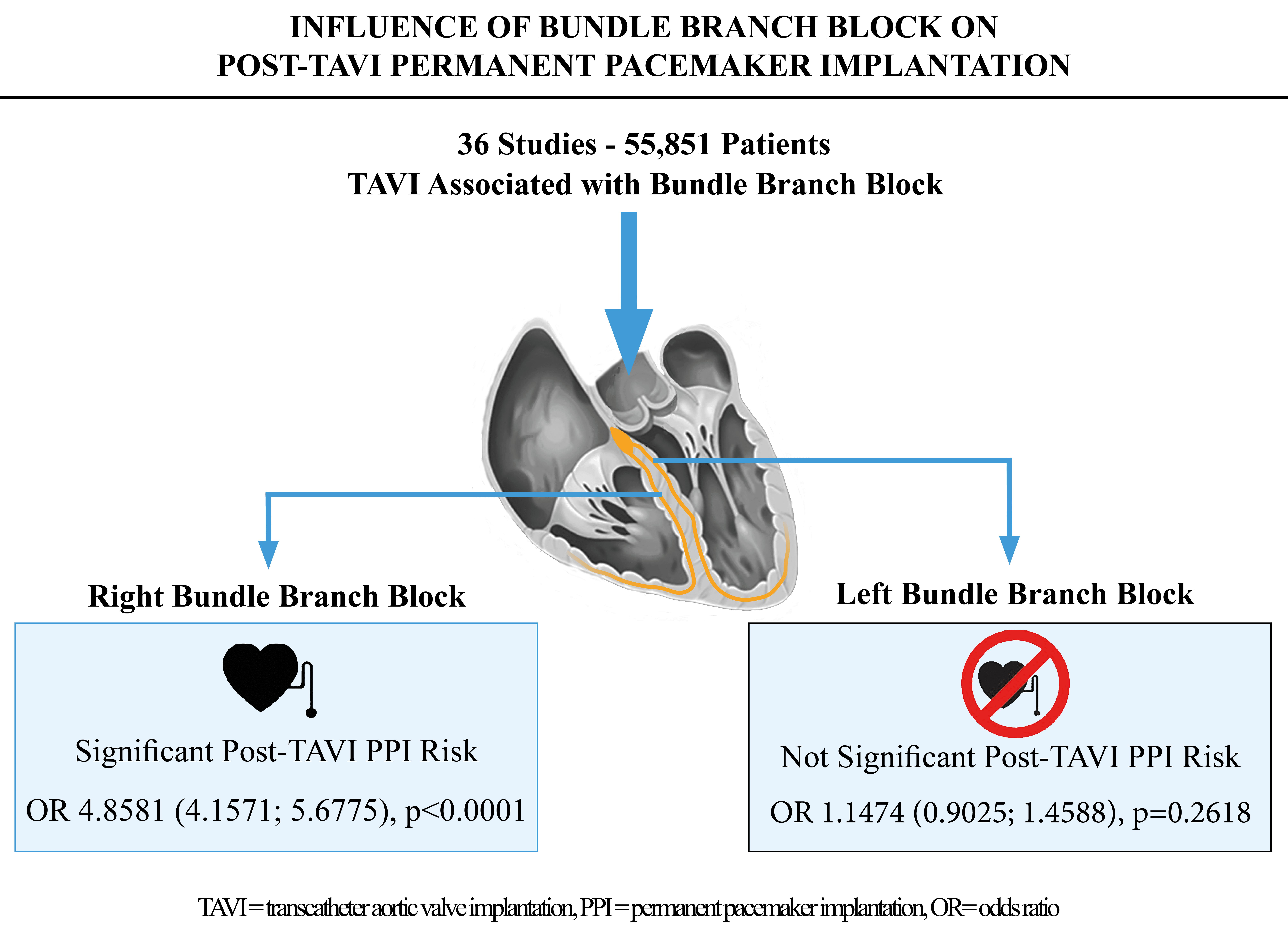
JCM | Free Full-Text | Impact of Bundle Branch Block on Permanent Pacemaker Implantation after Transcatheter Aortic Valve Implantation: A Meta-Analysis


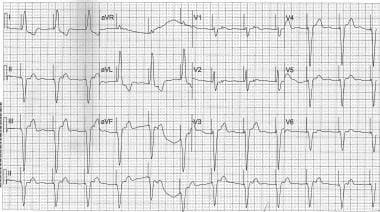

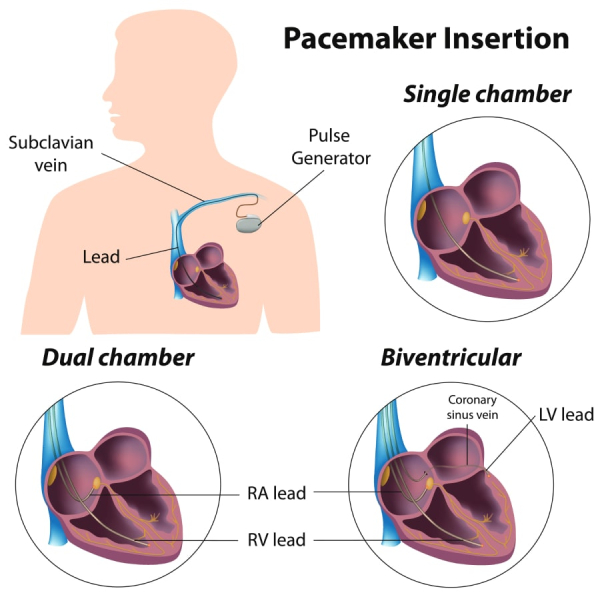



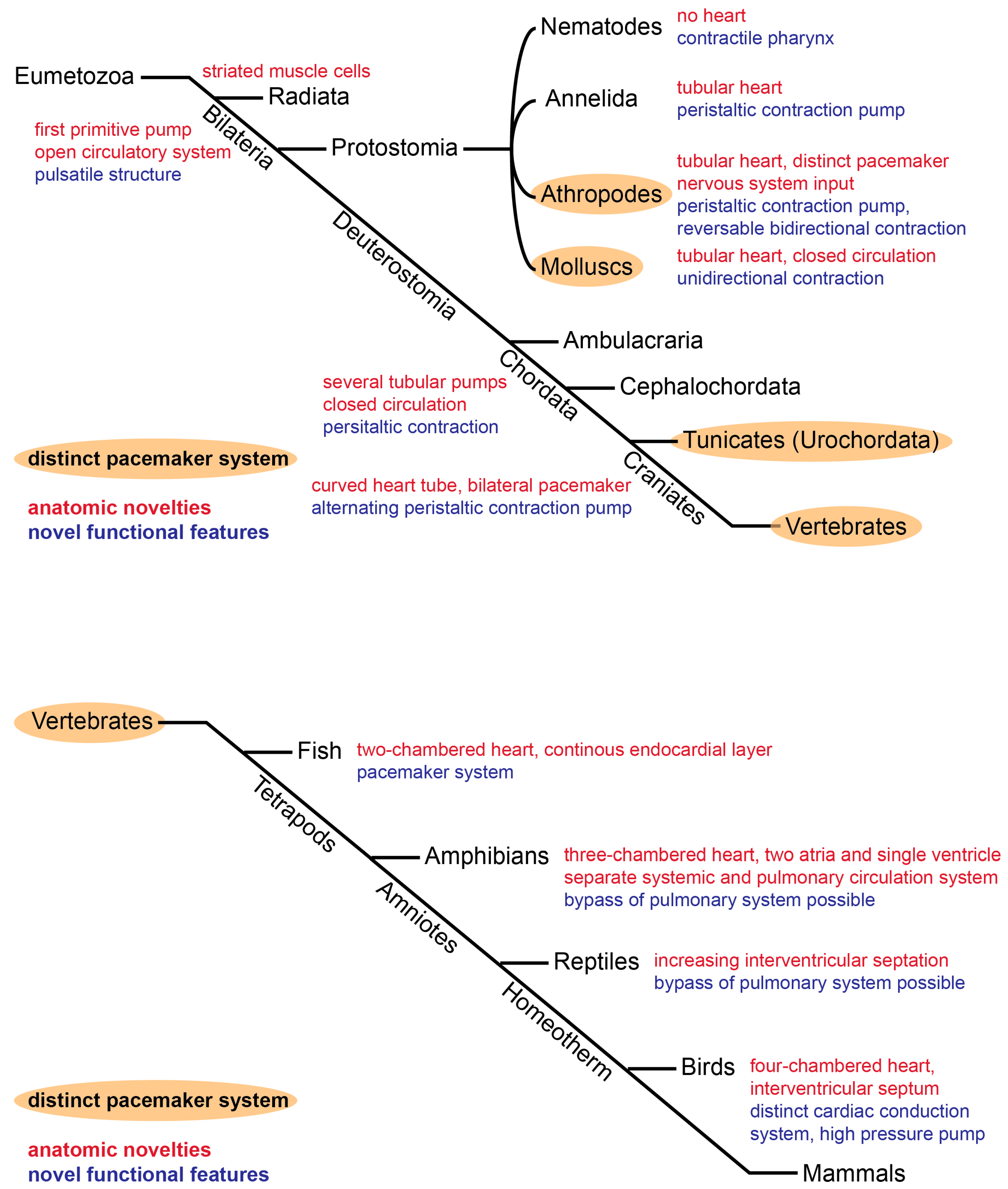


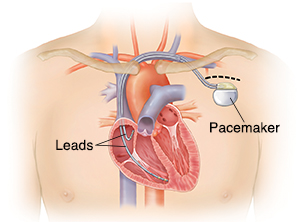
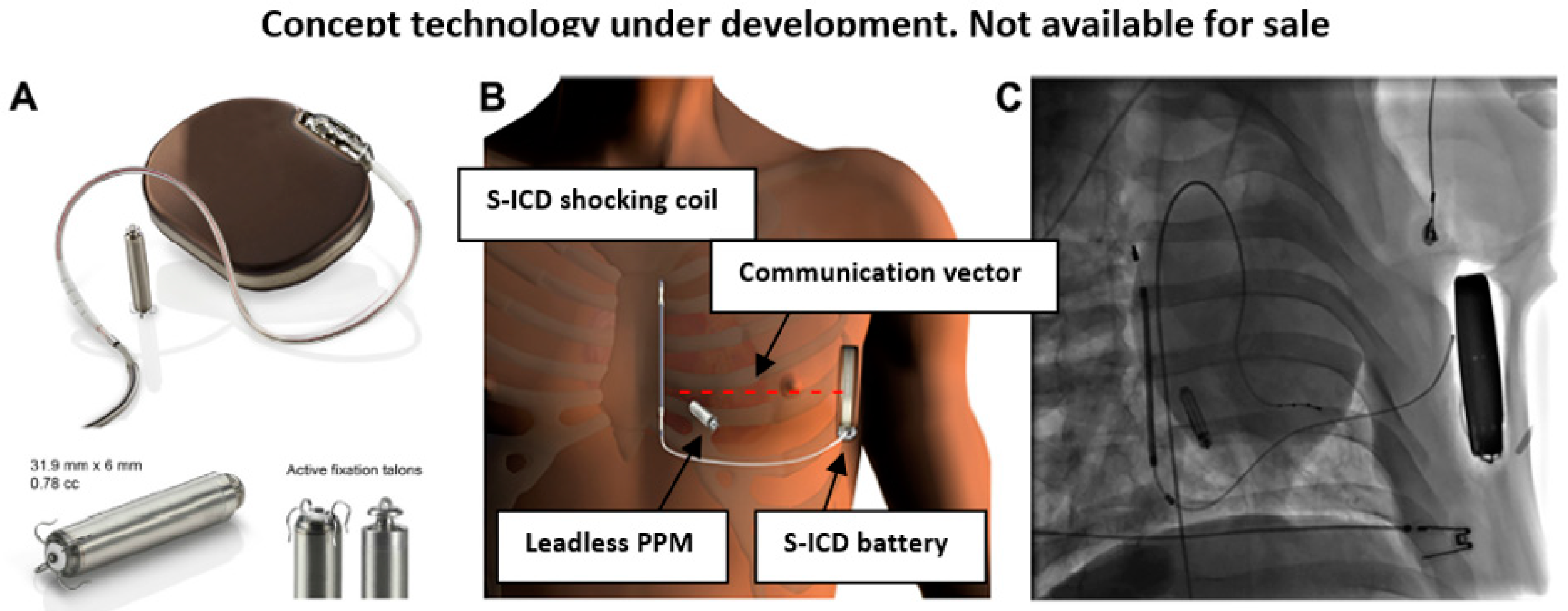
.ashx?h=244&iar=0&mh=260&mw=380&w=220&hash=9EBF2DEFA9F36D2860E0469A30430405)
